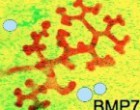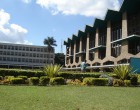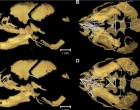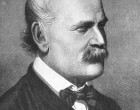Patterning of the urinary collecting duct tree

Glandular organs, such as the liver, pancreas and kidney, contain systems of branched epithelial tubes that resemble trees. The development of these tree… Read more »

Glandular organs, such as the liver, pancreas and kidney, contain systems of branched epithelial tubes that resemble trees. The development of these tree… Read more »
Sequencing of the genomes of agriculturally important grasses such as maize (Zea mays) and sorghum (Sorghum bicolor) has allowed us to gain important insights… Read more »

The University of Nairobi is the oldest university in Kenya and is a keen supporter of open access. Alongside its open access policy it is a BioMed Central… Read more »
To mark World Malaria Day we spoke with Dr Francis Ndungu about his research into malaria immunity. Dr Ndungu completed his PhD at the National Institute for… Read more »

Rare diseases are notoriously difficult to diagnose and treat. There are a number of reasons for this, but chief among them is the very fact of their rarity.… Read more »
July signaled the 37th International Congress of Physiological Sciences, organized in conjunction with the Physiological Society and many other society… Read more »
The International Congress of Physiological Sciences only arrives every 4 years so BMC Physiology leapt at the chance to attend. The conference, running from… Read more »

Today is the 195th anniversary of the birth of Ignaz Semmelweis and BMC Infectious Diseases is celebrating the achievements of this pioneer of infection… Read more »
Caravaggio is not an artist traditionally associated with Berlin, but discussion of potential causes of his death–postulated to be due to sepsis– at… Read more »
Berlin has seen more than its fair share of microbiology pioneers, including Robert Koch and Paul Ehrlich. In light of this it is only fitting that Berlin will… Read more »